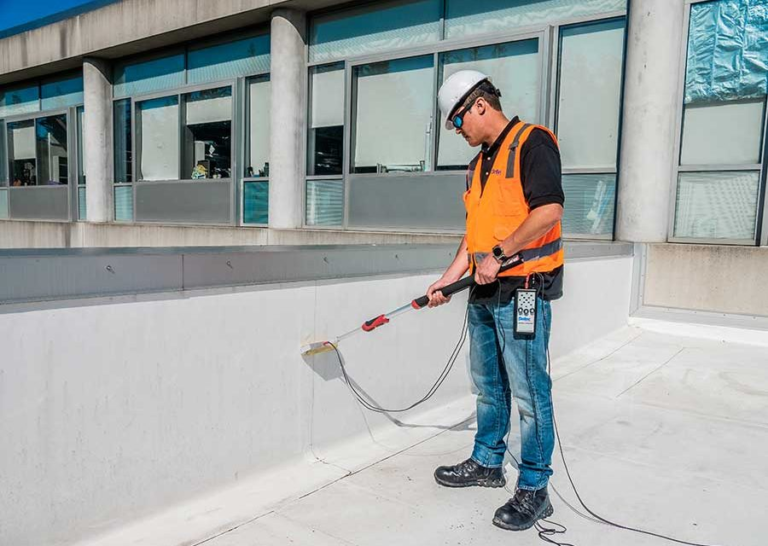A Beginner’s Guide to Solar Micro Inverters: How They Work and Why You Need Them
Did you know the solar micro inverter market will hit $11.6 billion by 2031? This comes as no surprise as more and more homeowners are turning to solar energy.
Harnessing the sun’s power is one of the best ways to reduce your carbon footprint and lower energy bills. And with the rise of solar micro inverters, it’s becoming even easier and more efficient to do so. These inverters are an essential component of a solar energy system.
In this guide, we’ll dive into how solar micro inverters work and why you need them for your home. Read on to learn more!
How Do Solar Micro Inverters Work
Micro inverters are installed on the back of each solar panel in a system. They work by converting DC electricity into AC electricity. The inverters then send this AC electricity to your home’s electrical panel.
You can use the electricity to power your appliances and electronics. This makes it possible to use solar energy just like you would traditional electricity.
Why You Need Inverters
There are several advantages to using micro inverters in your solar energy system. Here are some of the key benefits:
Increased Energy Efficiency
Unlike traditional string inverters, micro inverters work on an individual panel level. This means that if one panel is not functioning properly, the rest of the panels in the system can still produce electricity. This results in increased efficiency and energy production for your home.
Improved Monitoring
Micro inverters come with monitoring capabilities. This allows you to track the performance of each solar panel in real time.
This can help you identify any issues or inefficiencies and make adjustments as needed. It also provides valuable data on your energy production and usage.
Durability
Micro inverters are more durable than traditional string inverters. They have a longer lifespan and can withstand harsh weather conditions. This means less maintenance and replacement costs for homeowners in the long run.
Increased Safety
Traditional string inverters can pose a safety hazard as they operate at high voltages. Micro inverters are low voltage and safer to handle.
They also have built-in protections to prevent overloading or electrical hazards. This makes them a safer choice for homes with children or pets.
Scalability
Micro inverters offer excellent scalability for your solar energy system. You can easily add more panels without worrying about the system’s efficiency. This flexibility makes it easier to expand your solar array to meet increasing energy needs over time.
Easy Maintenance and Troubleshooting
Micro inverters are easier to maintain and troubleshoot compared to traditional string inverters. Since they work on an individual panel level, it’s easier to identify and fix any issues that may arise. This reduces maintenance costs and downtime for your solar energy system.
Enhanced Flexibility in Design
Microinverters provide greater flexibility in system design and installation. Because they work independently, you can place solar panels in different orientations and angles. This is to maximize sunlight exposure.
The flexibility in design also allows for easier integration with different types of roofs and structures. This makes it a viable option for a wide range of homes and buildings.
Resilience against Partial Shading
One of the biggest drawbacks of traditional string inverters is their susceptibility to partial shading. This can reduce energy production for the entire system.
Micro inverters, on the other hand, are not affected by partial shading as they operate independently. This ensures consistent and efficient energy production even in less-than-ideal weather conditions.
Compatibility with Emerging Technologies
As technology advances, so do solar energy systems. Micro inverters are compatible with emerging technologies like battery storage and smart home automation. This allows for more control and optimization of your energy usage.
The latest developments in solar storage solutions can also be easily integrated with micro inverters. This adds value and flexibility to your solar system investment.
Noise Reduction
Traditional string inverters can produce a humming noise. This can be audible and bothersome for some homeowners.
Micro inverters have no moving parts and do not produce any noise. This makes them a quiet and peaceful addition to your home.
Better Performance in High Temperatures
Micro inverters tend to perform better in high-temperature environments. They have higher temperature tolerance levels. This means that they can continue to operate efficiently even during hot summer days.
They can also help with heat dissipation on the solar panels. This can extend their lifespan.
Improved Aesthetics
Micro inverters contribute to a neater and less cluttered solar panel installation. Since they’re mounted directly on the back of each panel, there is no need for large inverter boxes. This makes for a cleaner and more aesthetically pleasing installation.
They also come in smaller sizes and can be easily hidden from view. This makes them a great choice for homeowners who value the look of their homes.
Improved Grid Stability
Micro inverters contribute to improved grid stability. The inverters facilitate smoother and more efficient energy distribution across the grid. This can help prevent grid overloads and promote a more stable electricity supply.
They also have built-in anti-islanding capabilities. This ensures that your solar energy system does not feed excess electricity back into the grid during a power outage. This protects utility workers and prevents potential damage to your solar system.
Lower Installation Costs
Due to their modular nature, micro inverters can lead to lower installation costs. Since they don’t require complex string configurations, installation can be simpler and quicker. This reduces labor costs and makes the overall solar setup more affordable.
They also come with longer warranties. This reduces any potential future costs for homeowners.
Solar Micro Inverters: Optimizing the Power Of the Sun
Solar micro inverters offer numerous benefits for homeowners looking to switch to solar energy. From increased efficiency to improved safety and flexibility, they are a valuable component of any solar energy system.
They are a wise investment for homeowners looking to reduce their carbon footprint and save on energy bills. So if you’re considering going solar, be sure to include micro inverters in your plans!
Searching for more informative articles like this? Then please keep browsing our blog now!




